Description
This plant is restricted for shipment to CA, OR, WI
Latin Name: Quercus acutissima
Common Names: Sawtooth Oak, Gobbler Oak
Hardiness Zones: 5-9
Mature Height/Spread: Typically grows 40-70 feet (12-21 meters) tall. It features a broad, spreading crown that develops into a rounded shape.
Soil / Climate: Native to eastern Asia, including China, Korea, and Japan, the Sawtooth Oak is a resilient and attractive shade tree that adapts well to various soil conditions. It prefers rich, well-drained, moderately moist soil in full sun. It can tolerate humidity and heat, though young trees might be more sensitive to cold winter temperatures.
Notes: The bark is dark gray, corky, and fissured, with the fissures deepening as the tree matures. The twigs are reddish-brown. Flowers are inconspicuous, greenish-yellow in color. Male catkins are long and golden, while female catkins are short spikes. They appear in spring alongside the leaves. The acorns, approximately 1 inch (2.5 cm) long, have spiny cups covering about two-thirds of their length and usually start producing in abundance around 10 years of age. The leaves are lanceolate, shiny dark green, about 7 inches (17 cm) long, with sharp bristles at the tips of each tooth. In fall, they turn from golden brown to a dull brown. The tree is used for fencing and as an ornamental plant. Its name derives from its distinctive sawtooth leaves.
Problems: Chlorosis can occur in high pH soils. While generally resistant to most pests, it may still face issues such as cankers, shoestring root rot, oak wilt, powdery mildew, anthracnose, leaf spots, chestnut blight, and oak leaf blister. It can also be affected by galls, scale, oak lace bugs, caterpillars, borers, nut weevils, leaf miners, and oak skeletonizes.
Wildlife: The small acorns are a favorite of wild turkeys and other wildlife. Although very bitter, they are consumed by jays and pigeons, with squirrels eating them mainly when other food sources are scarce.
Cold Stream Farm supplies Sawtooth Oak trees which are grown as bare root seedlings and transplants and sold both wholesale and retail with no minimum order.
Sources:
Additional information on Quercus acutissima can be found on the link: USDA / NRCS PLANTS Database.

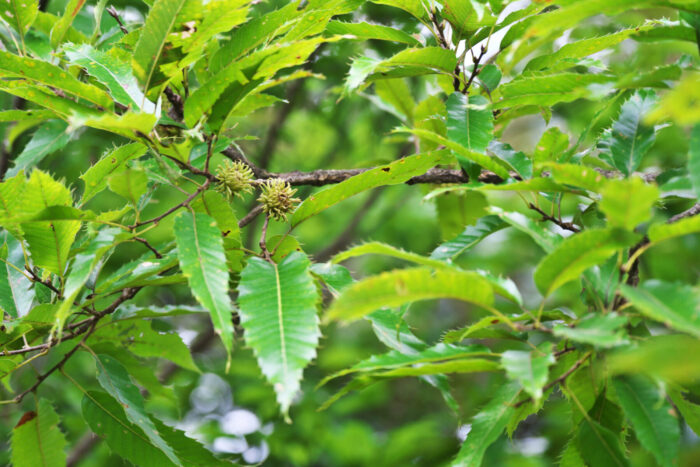
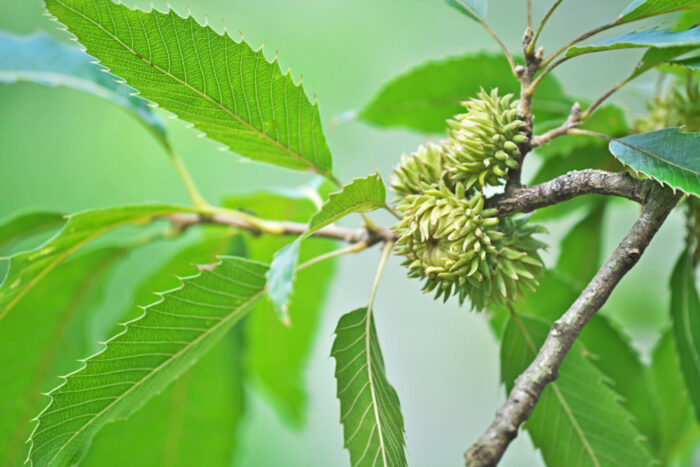

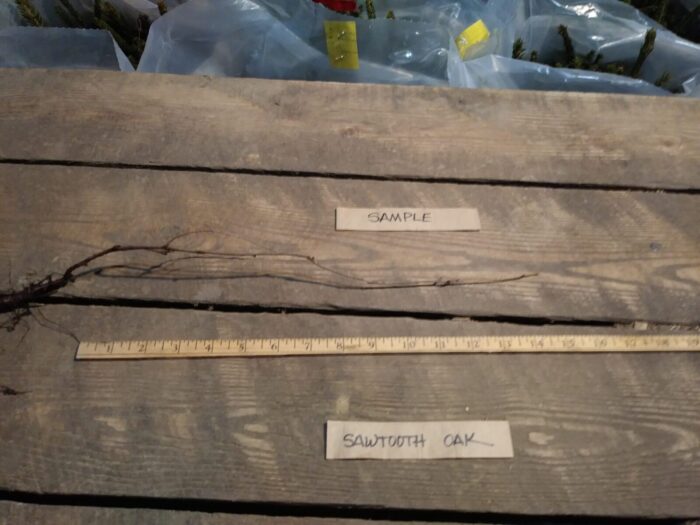
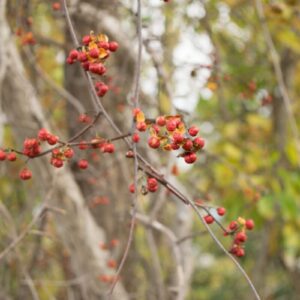
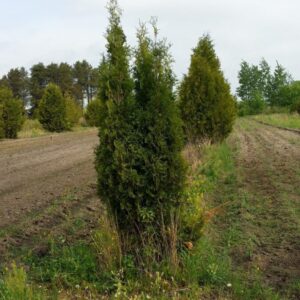
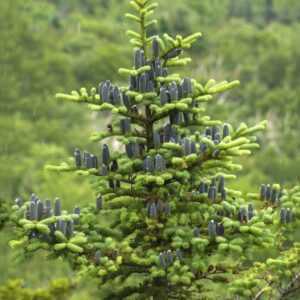
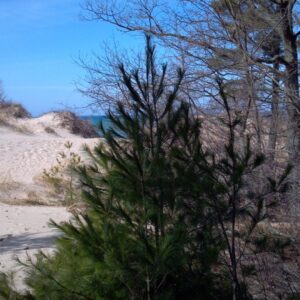

Troy Thomas –
I have planted these in the past and continue to plant some every year. Very good survival rate and weather tolerant. I have some I planted from 1′ seedlings in 2004 and they are 30′ tall +/-
now and have been producing for 5 years plus. I can tell you the deer absolutely fog to them when they start dropping in early to mid September (in South Central Illinois.
Rebecca Nichols –
These are beautiful fast growing trees. They make very good shade trees and grow fast.